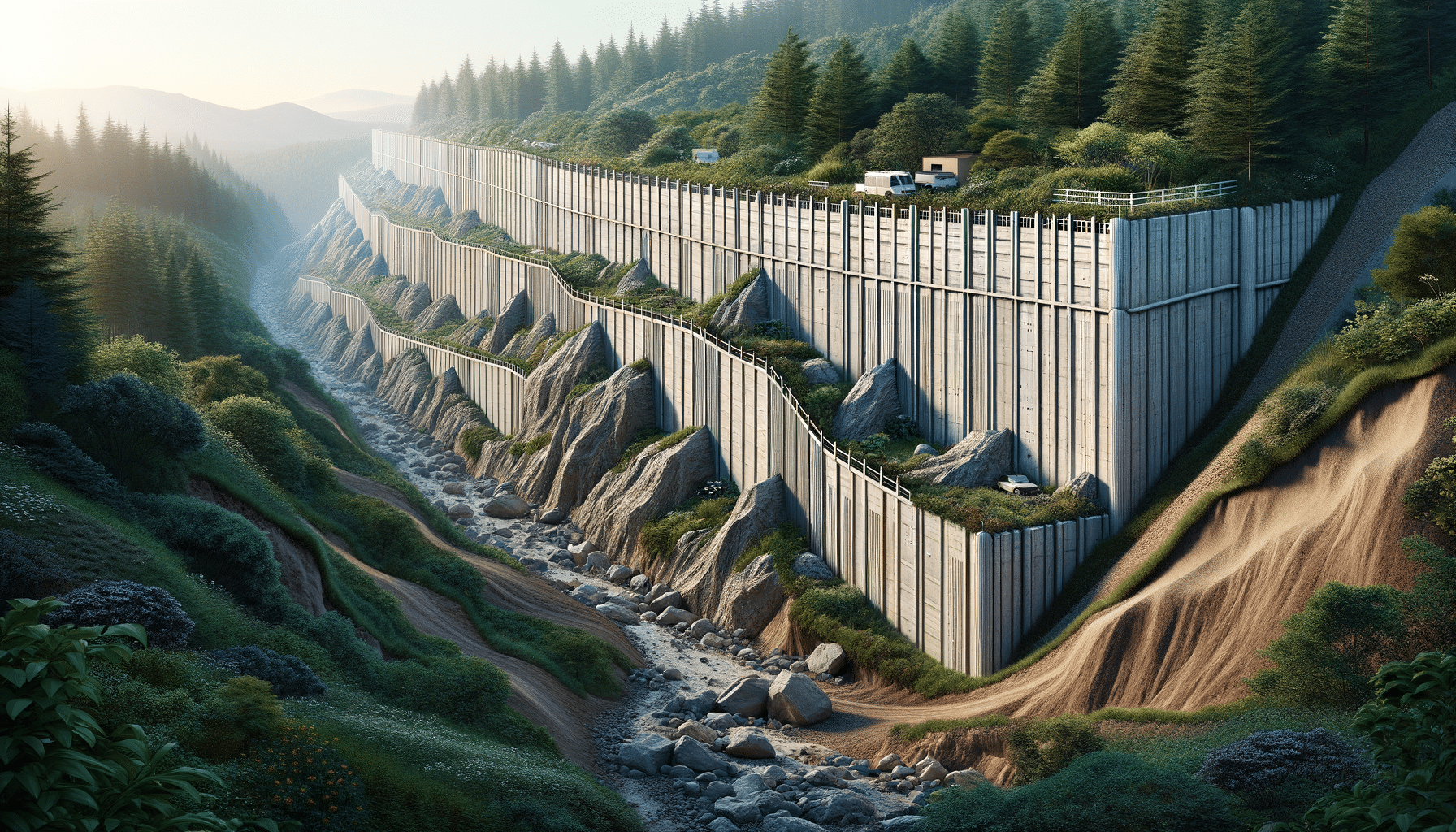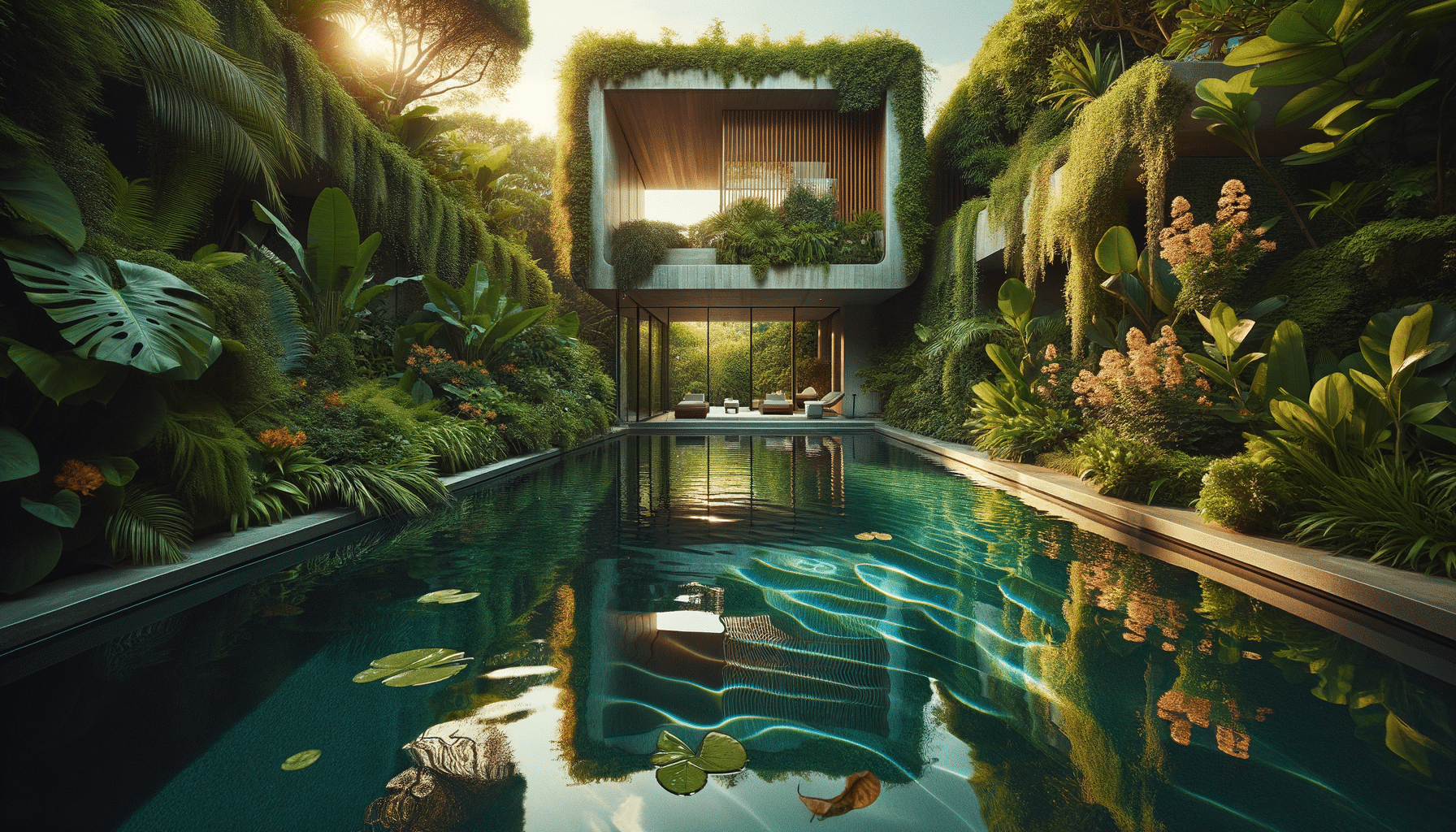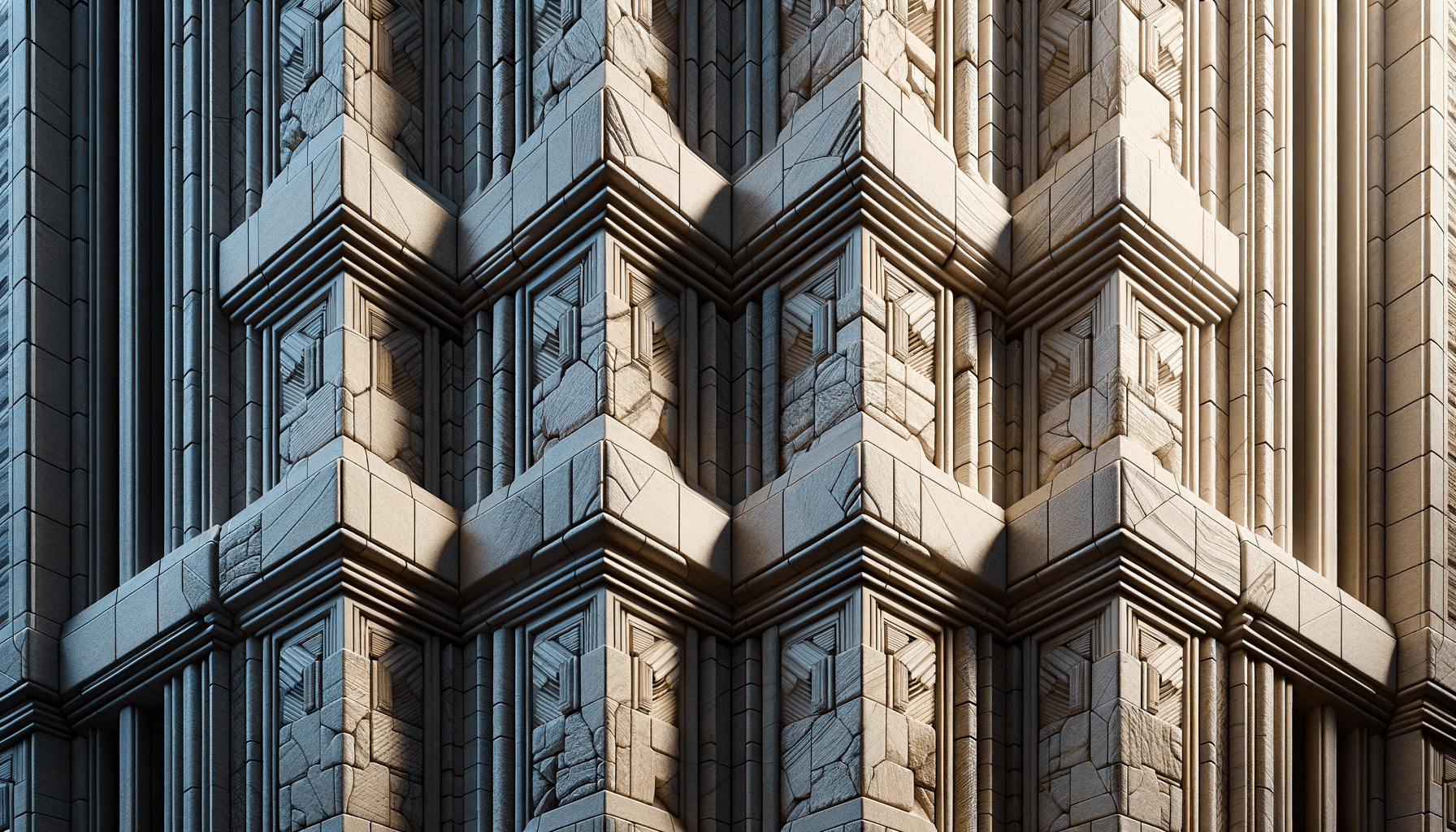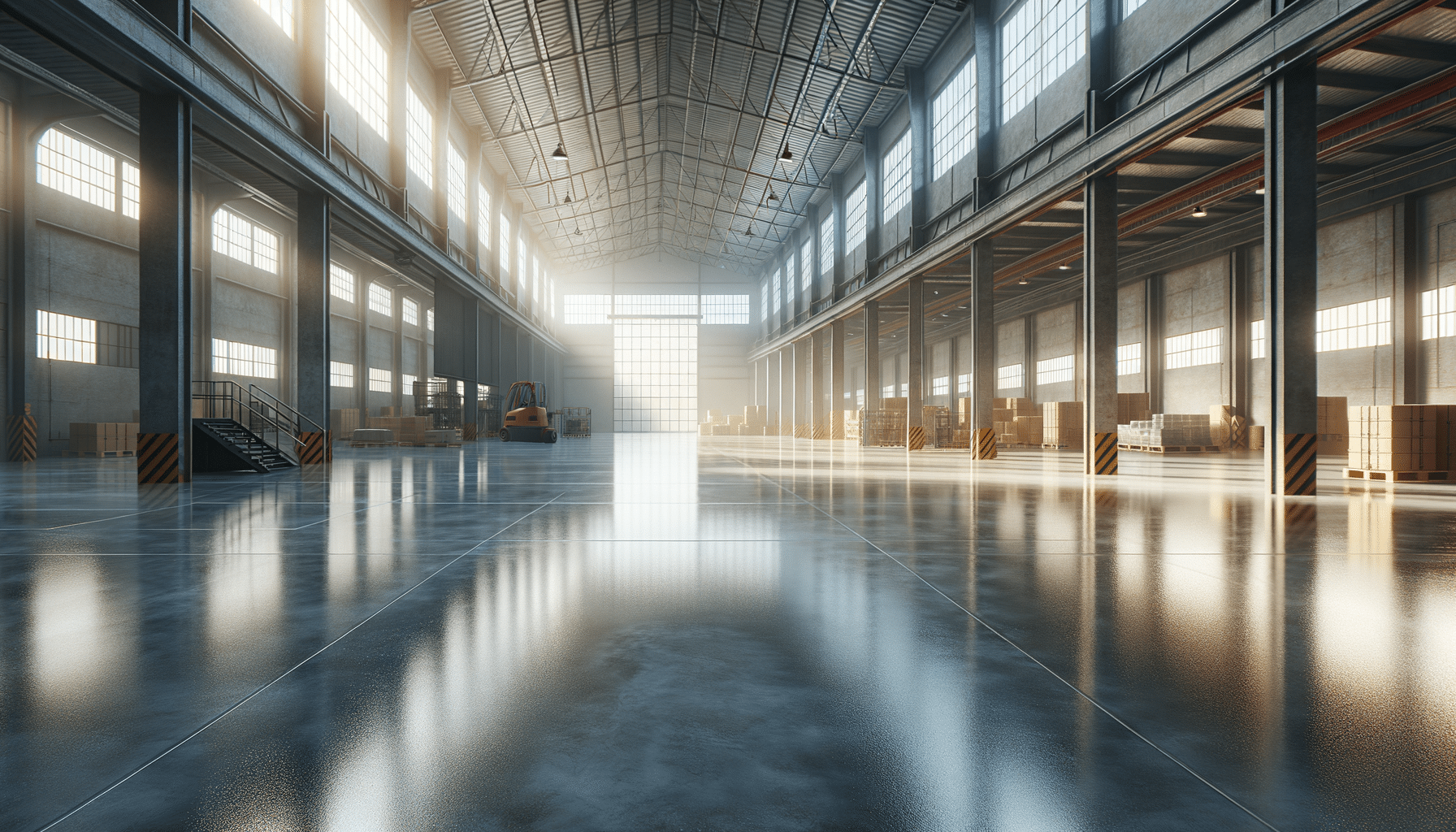
Understanding Retaining Walls: Design, Function, and Benefits
Introduction to Retaining Walls
Retaining walls are an essential component in both residential and commercial landscaping and construction projects. They serve the critical function of holding back soil and preventing erosion, making them indispensable in areas with steep slopes or uneven terrain. Beyond their practical use, retaining walls can also enhance the aesthetic appeal of a property, providing structure and definition to outdoor spaces. This article delves into the various aspects of retaining walls, exploring their design, function, and the benefits they offer to both homeowners and commercial property developers.
The Purpose and Functionality of Retaining Walls
Retaining walls are primarily constructed to resist the lateral pressure of soil. This is particularly necessary in landscapes where there are significant changes in elevation. The primary function of these walls is to prevent soil erosion, which can lead to unstable ground and potential property damage. By stabilizing the soil, retaining walls protect structures and landscapes from the detrimental effects of erosion and water runoff.
Additionally, retaining walls can be used to create usable flat spaces on sloped terrain, which can be transformed into gardens, patios, or driveways. This makes them not only functional but also a practical solution for maximizing space in hilly regions. The materials used in constructing retaining walls, such as concrete, stone, or wood, are chosen based on the specific needs of the project, including the height of the wall and the type of soil it will support.
Design Considerations for Retaining Walls
The design of a retaining wall is crucial to its effectiveness and longevity. Factors such as the height of the wall, the load it needs to bear, and the type of soil it will retain are all considered during the design phase. Engineers often use principles of geotechnical engineering to ensure that the wall can withstand the pressures exerted by the soil. Drainage is another critical aspect of retaining wall design, as water buildup behind the wall can increase pressure and lead to structural failure.
Retaining walls can be constructed using various methods, including gravity walls, cantilever walls, and anchored walls. Each type has its specific applications and structural benefits. For instance, gravity walls rely on their mass to resist pressure, while cantilever walls use a reinforced concrete base to provide stability. The choice of design depends on the specific requirements of the site and the desired aesthetic outcome.
Benefits of Installing Retaining Walls
Retaining walls offer numerous benefits beyond their primary function of soil retention. They can enhance the visual appeal of a landscape by adding dimension and structure. When designed with aesthetics in mind, retaining walls can serve as focal points in gardens and outdoor spaces, often being incorporated into the overall landscape design.
Moreover, retaining walls can increase property value by creating additional usable space and improving the overall appearance of the property. They can also provide environmental benefits by reducing soil erosion, which helps maintain the health of nearby water bodies and ecosystems. In urban areas, retaining walls can contribute to better land management by allowing for the construction of roads and buildings on previously unusable land.
Conclusion: The Importance of Retaining Walls
Retaining walls are a vital element in both landscaping and civil engineering. Their ability to prevent soil erosion and manage water runoff makes them crucial for maintaining the integrity of landscapes and structures. When designed and constructed properly, retaining walls not only serve a functional purpose but also enhance the aesthetic and economic value of a property. Understanding the various aspects of retaining walls, from their design to their benefits, is essential for anyone involved in construction or landscape design.


